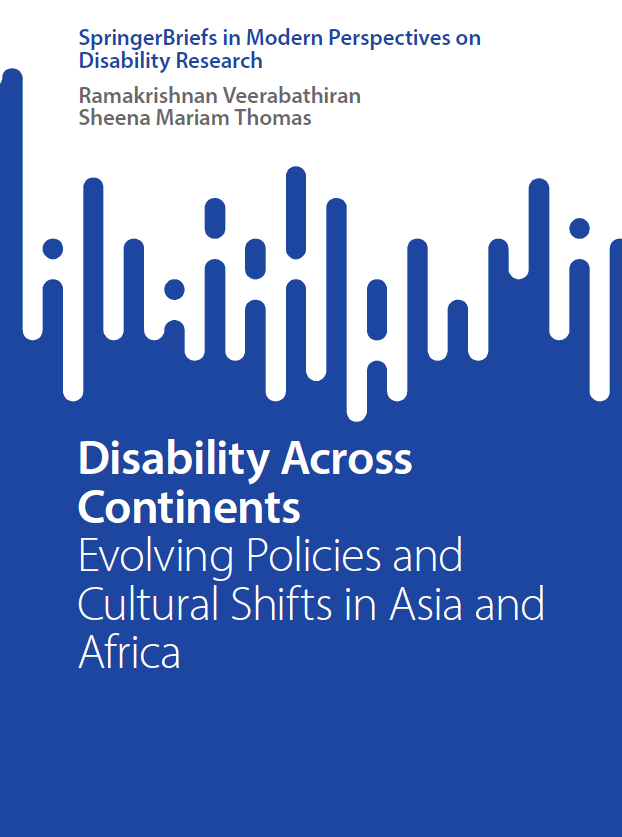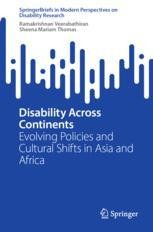Disability Across Continents Evolving Policies and Cultural Shifts in Asia and Africa
Published in Healthcare & Nursing and Social Sciences

Explore the Research

Disability Across Continents
This book examines the evolution of disability rights over time and the varying impacts of the changes on different communities
Disability is a multifaceted and universally relevant cultural, policy, economic, and technology issue. The experiences of people with disabilities (PwD) are profoundly shaped by the societal, cultural, and legislative frameworks of their regions, and this is particularly evident in the diverse and complex landscapes of Asia and Africa. These continents, characterized by their rich histories and cultural diversity, offer unique perspectives on how disability is perceived, addressed, and integrated within societies.
This book, “Disability Across Continents: Evolving Policies and Cultural Shifts in Asia and Africa,” explores the nuanced interplay of cultural beliefs, legislative progress, socioeconomic factors, and technological innovations in shaping the lived experiences of PwD. The book highlights the challenges and opportunities in fostering a more inclusive world by examining these factors through a comparative lens. The first section delves into the cultural dimensions of disability, tracing historical narratives, indigenous practices, and contemporary beliefs in Asian and African societies. These chapters shed light on how cultural contexts influence perceptions of disability and the ongoing shifts brought about by modernization and globalization. The second section focuses on the evolution of disability rights and policy. It examines the impact of global frameworks such as the UN Convention on the Rights of Persons with Disabilities (CRPD) while addressing national legislation, implementation challenges, and future pathways toward inclusivity. Socioeconomic challenges faced by PwD are addressed in the third section. This part emphasizes critical areas such as education, workforce participation, healthcare accessibility, and the enduring cycle of disability and poverty. By identifying systemic gaps and proposing action-able solutions, this section underscores the need for structural reforms. The fourth section focuses on technological innovations and their transformative potential for PwD in Asia and Africa. It explores advancements in assistive technologies, artificial intelligence, and telemedicine and the challenges of ensuring equitable access amidst a persistent digital divide. Finally, the book concludes with a focus on social inclusion and representation. From media portrayals to advocacy movements and from the unique challenges faced by PwD in conflict zones to building inclusive communities, this section emphasizes the role of societal attitudes and collective action in driving change. By weaving these interconnected themes, this book provides an in-depth understanding of the evolving dynamics affecting disability in Asia and Africa. It serves as a resource for scholars, policymakers, and advocates and a call to action to prioritize inclusivity and equality for all.




